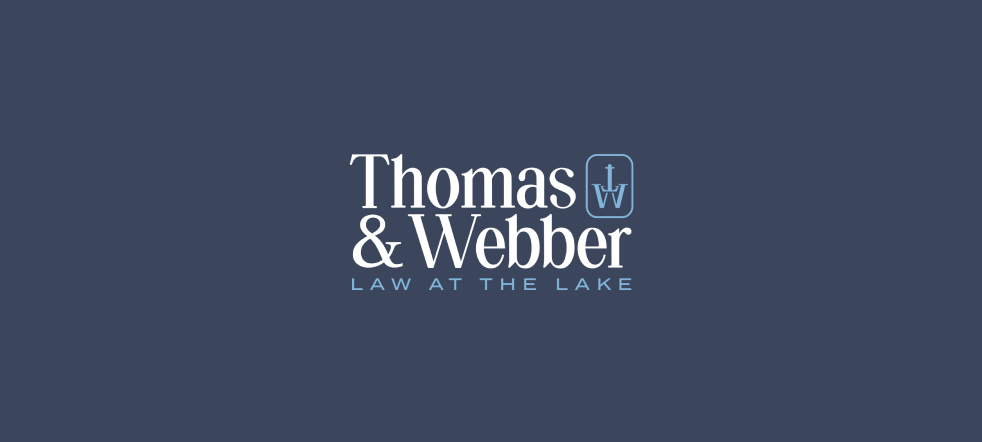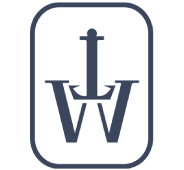What They Don’t Tell You About Closing Costs (Until It’s Too Late)

Spoiler alert:
When you’re buying a home, the amount you need to bring to closing is usually more than just your down payment.
I’m Tiffany Webber, a real estate attorney in Lake Norman, and after thousands of real estate closings, I can tell you — understanding your full cash to close number can save you from last-minute surprises (and a lot of panic).
Here’s what you need to know about what’s really included in closing costs — and why paying attention to your Closing Disclosure is key.
What’s the Difference Between Closing Costs and Cash to Close?
When you hear “closing costs,” it sounds simple — just a list of fees, right?
Not exactly.
Closing costs are just one component of the full amount you’ll need to wire to the closing attorney before your appointment.
The full amount you need is called your cash to close, and it includes much more than just fees.
Here’s the breakdown:
-
Closing Costs: Loan-related fees (like appraisals, credit reports, origination fees), title searches, title insurance, recording fees, etc.
-
Prepaid Costs: Things like your first year of homeowner’s insurance and prepaid interest from the date of closing through the end of the month.
-
Escrow Funding: Initial deposits into your escrow account to cover future taxes and insurance bills.
-
Adjustments and Prorations: HOA dues, property taxes, or seller credits that adjust what you owe.
All of these pieces roll up into the final cash to close number you’ll see on your Closing Disclosure.
How to Read Your Closing Disclosure
Whether you’re buying a home in North Carolina or anywhere else, the Closing Disclosure is a standardized 5-page document that lays everything out. Here’s where to focus:
-
Page 1:
-
Loan details
-
Monthly payment
-
Closing Costs (one number)
-
Cash to Close (the number you actually need to bring)
-
-
Page 2:
-
Itemized list of loan costs (origination, appraisal, credit report, lender’s title insurance, etc.)
-
Services you can shop for (like surveyors, inspectors)
-
Recording fees and transfer taxes
-
Initial escrow payment setup
-
-
Page 3:
-
Cash to Close explanation (credits and debits)
-
Adjustments for prepaid taxes, HOA dues, seller credits
-
👉 Important Tip:
Just because an appraisal or inspection is listed doesn’t mean you still owe that amount — if you paid those upfront, they’ll be reflected as paid and not added again to your cash to close.
Why Cash to Close Is Almost Always More Than You Expect
It’s easy to think:
“I’m putting 20% down, so I just need 20% of the purchase price, right?”
Wrong.
You also have to cover:
-
Closing costs
-
Prepaid insurance
-
Prepaid interest
-
Initial escrow deposits
-
Any prorated fees to the seller
That’s why it’s critical to read your Closing Disclosure closely — and work with a team that explains it all clearly (like we do at Thomas & Webber).
First-Time Buyer? Here’s What to Watch For
If you haven’t bought a home since the old HUD-1 Settlement Statement days — or if this is your very first time — the Closing Disclosure might look overwhelming.
Focus on:
-
The Cash to Close amount on page 1.
-
The breakdown on page 3 that shows how credits (like your earnest money or due diligence fees) are subtracted from what you owe.
-
Confirming any seller credits or lender credits that reduce your bottom line.
Double-check everything early, not the day before closing, so you have time to fix any mistakes.
Closing in the Lake Norman Area?
At Thomas & Webber, we make sure you understand exactly what you owe — and why — before closing day.
Whether you’re buying or selling a home, our team ensures smooth, stress-free closings across Mooresville, Huntersville, and Denver, NC.
👉 Send your contract to [email protected] and close with a team that puts clarity first!


